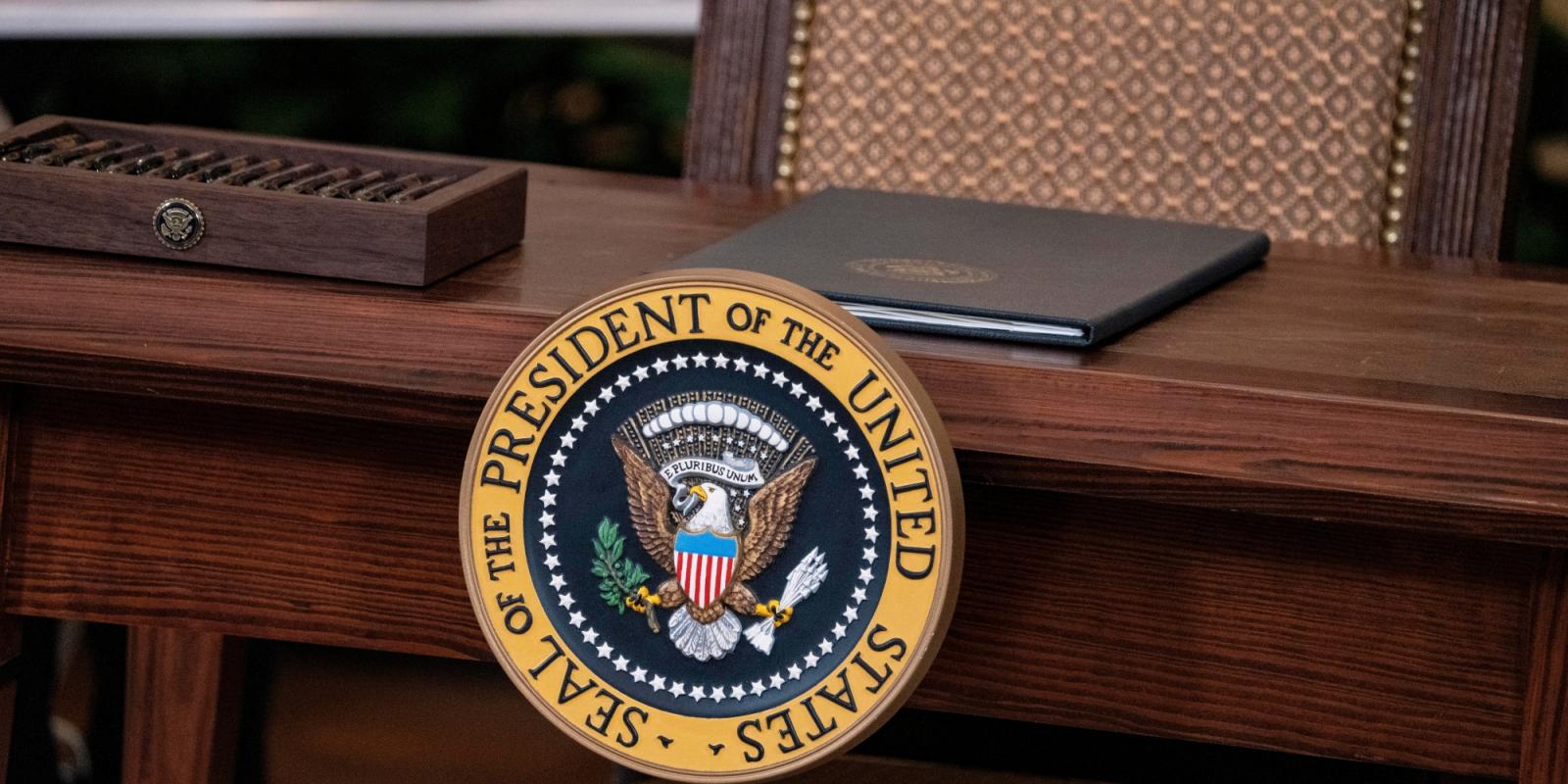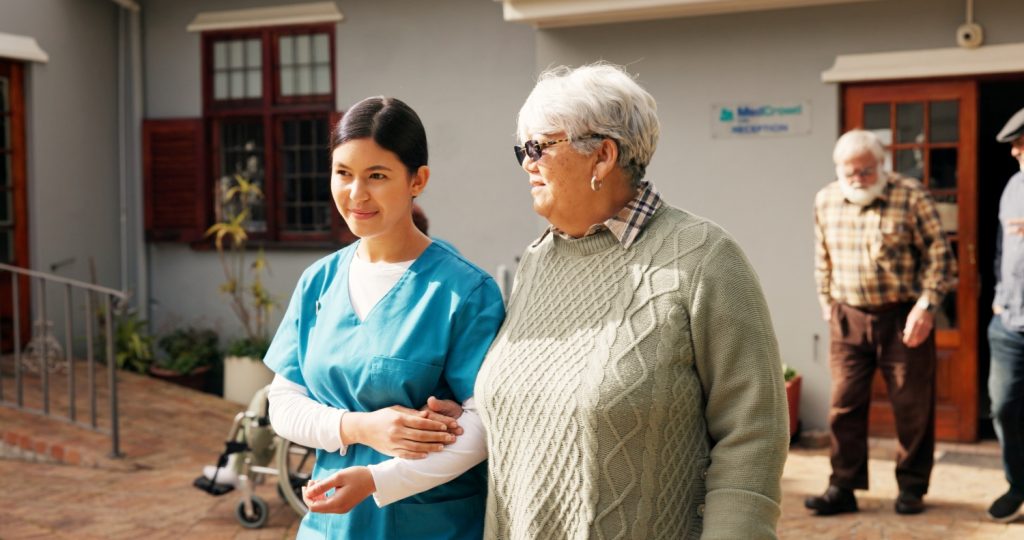In a typical month, most older adults in the United States will interact directly with and rely upon several federal programs and agencies to navigate the healthcare system, apply for economic benefits like Social Security, or get help with housing or utility bills. At some point in their lives, most older adults also will need additional support with issues such as caregiving, home repairs, transportation, nutrition assistance, or legal help for resolving issues like unsafe housing, eviction or financial scams or abuse.
Federal government funding supports many basic needs programs and services that older adults rely upon—through grants, contracts and benefit programs. The flurry of Executive Orders President Trump has signed since his first day in office, combined with efforts to drastically reduce funding for and staffing of key government agencies, threaten to undermine these programs and pose a direct threat to the health and well-being of older adults across the country.
Executive Orders
Executive Orders are presidential directives to the heads of agencies. They set policy for federal agencies, but they cannot override laws passed by Congress. Since January, the Administration has sought to use Executive Orders to reduce the size and activities of the federal government, granting broad power to the “Department of Government Efficiency” to work with agencies to cut agency staff, federal contracts and grants, as well as specific offices within federal agencies, without Congressional oversight. For example, the Administration shuttered the Consumer Financial Protection Bureau, including the Office for Older Americans, which provided a critical avenue for submitting complaints about exploitative banking and other financial practices.
Threats to Aging Services
State and local programs and nonprofits already are feeling the heat as the Administration seeks to shrink key government programs. Federal Older Americans Act (OAA) funding is the underpinning for state agencies on aging; area agencies on aging; and Title VI Native American programs that connect older adults with a host of services like meals, transportation, long-term services and supports, senior center services, and free legal services. Local community organizations and nonprofits that provide direct services recognize the devastating impact losing funding will have on the older adults they serve.
An Executive Order in late January calling for a federal funding freeze on all federal grants threw all of these programs into disarray. Though the order was rescinded after an outcry by advocates, the public, and a court order, the threat of future cuts looms large for most programs.
‘Congress also is threatening the health of older adults by proposing deep cuts to Medicaid to pay for tax cuts for the wealthy.’
More recently, The Department of Health and Human Services (HHS) is dismantling the Administration for Community Living (ACL), which brought together aging and disability programs, and a leaked budget draft for FY26 showed that the Trump Administration seeks to eliminate a wide array of programs that provide essential services to older adults and people with disabilities. These proposed cuts include key programs that prevent elder abuse and help older adults navigate health and long-term services and supports, such as the Long-Term Care Ombudsman program, Medicare Senior Health Insurance Programs (SHIPs), and programs to support elder rights. Older adults and people with disabilities rely upon an array of government-funded basic needs programs to live independently. Without these programs, more older adults and people with disabilities will be forced into institutions.
Threats to Older Adults’ Health
Deep cuts and the elimination of entire programs at the Centers for Disease Control and the National Institutes of Health threaten the ability of older adults to access care for Alzheimer’s disease and other dementias, cutting-edge cancer treatments, and clinical trials. Older adults still are disproportionately dying from COVID-19. Nevertheless, promising research on new variant-proof COVID-19 vaccines and more effective treatments has been stopped. All these cuts threaten the ability of current and future generations of older adults to access the latest treatments for diseases, as they erase decades of promising scientific research.
Congress also is threatening the health of older adults by proposing deep cuts to Medicaid to pay for tax cuts for the wealthy. These cuts would make it more difficult for older adults to access long-term care, dental, vision, hearing, and cost-sharing programs that make Medicare more affordable.
Social Security Threats
Because of the Administration’s reductions in government services, dramatic changes at the Social Security Administration are making it more difficult for people to access the benefits to which they are entitled. Despite chronically low staffing levels and years of underfunding, the Administration is promising steep reductions in staff and closing offices that provide in-person services, while instituting changes in phone and internet services that will require more people to visit offices in person.
Threats to Civil Rights and Other Protections
Several of the Anti-Diversity, Equity, and Inclusion (DEI), anti-trans, and anti-immigrant Executive Orders directly threaten older adults’ civil rights. To implement these orders, the Administration is eliminating the offices and programs that older adults rely upon for anti-discrimination protections and legal assistance, such as the Social Security Administration Office for Civil Rights and Equal Opportunity, as well as legal assistance programs that provided fair housing assistance. Executive orders denying civil rights to the trans community will cause trans older adults to lose access to essential healthcare and open the door to discrimination in healthcare, housing and long-term care for all LGBTQ+ older adults. Executive Orders that penalize immigration are harmful not only for older immigrants, but also for older adults who rely upon an immigrant direct care workforce to receive needed personal care.
What’s the Role of Aging Advocates?
There are a number of ways advocates are fighting back. Several lawsuits have succeeded in at least temporarily stopping many of these harmful Executive Orders. Older adults, advocates who work with them, and members of the public are speaking up at town halls and in protests across the country. Advocates can help older adults in their local communities by joining forces with other local agencies to share resources, information, and keep speaking out with one voice.
Lawmakers are always looking for stories of how real people are harmed by these policy changes—if these programs matter to you, or you are seeing the results of cuts, make sure to share your story with your elected officials at all levels of government. You can contact your member of Congress through the United States Capitol switchboard at (202) 224-3121.
Kevin Prindiville is executive director of Justice in Aging in Washington, DC.
Photo credit: Shutterstock/DT phots1













